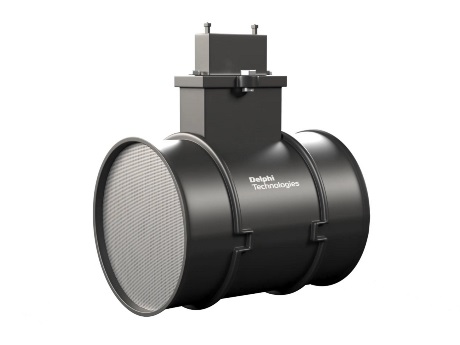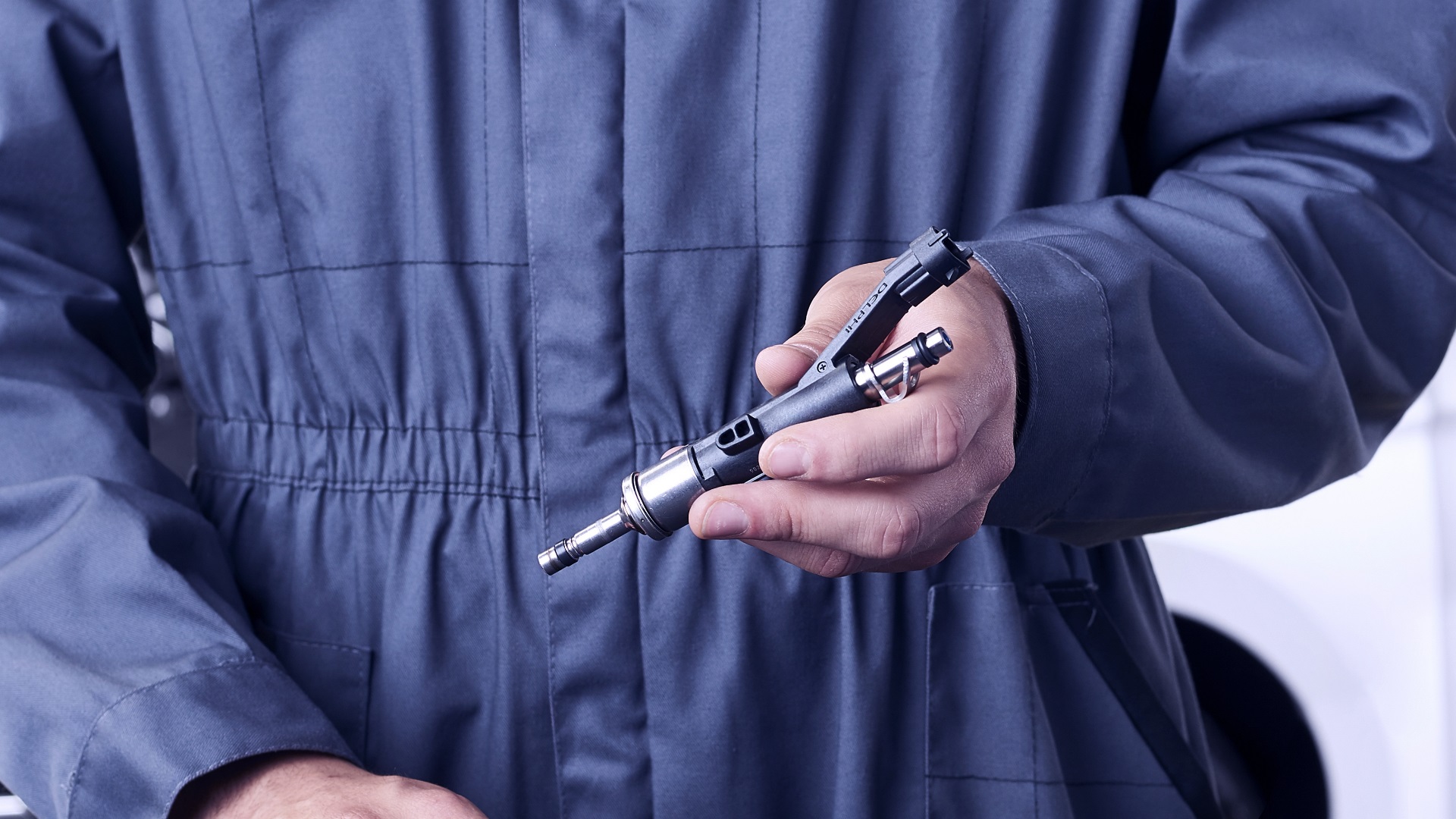Mass Air Flow Sensors

- Product Information
- Product Resources
- Enquire
- Related Products
Innovative OE design
We build our OE expertise into every MAF sensor we make. Featuring a proprietary temperature compensation design, they offer outstanding performance over a wide range of ambient temperatures. And are fast to respond to changing engine conditions – typically less than 15 milliseconds to respond to 90 percent of a flow change. Innovative, dual-heated elements on specific references also help to ensure optimal performance, fuel efficiency, and reduced emissions

OE engineered and tested
By testing and calibrating to OE specifications, our MAF sensors provide the same accurate readings and airflow output as the OE. Each sensor is tested on state-of-the-art sonic nozzle-testing equipment capturing over 6,000 data points per flow, for optimal calibration accuracy. They’re also flow tested to match the OE for signal stability (noise), temperature compensation (the ability of the MAF sensor to measure airflow accurately from -30°C to 70°C) and electromagnetic compatibility.

Never remanufactured MAF sensor
Some things are better new. That’s why every sensor we make – whether with or without the housing—is built with all-new components and never remanufactured. Remanufactured MAFs are simply cleaned and tested, so any contamination on the sensor may not be eliminated, resulting in inaccurate readings to the ECU.
Greener probe-only technology
It’s often the electronics on the sensor probe that fail, meaning it’s not always necessary to replace the complete part. So we developed a probe-only solution, in addition to a full range of complete units. By eliminating the plastic housing, this provides a greener, more cost-effective and faster repair option.

The complete package
With Delphi you get access to the complete package: the range, advanced DS diagnostics including the ability to look at live data, both at idle and max RPM, to determine if the MAF sensor is reporting the correct data, expert training and support and vehicle technical information including wiring diagrams, component locations and guided diagnostic procedures.
The Delphi Difference
-
100 years of OE experience, supplier to the world’s top automakers
-
OE heritage and knowledge built into every aftermarket part
-
Comprehensive portfolio for a wide range of vehicles and model years
-
Streamlined SKUs for easy inventory management
-
Support through tools, tips and training

Related product resources and downloads

Resource Highlights
NOx Sensors: An introduction
The Oxides of Nitrogen sensor is also known as a NOx sensor. It’s installed within a vehicle’s engine to test for the amount of oxides of nitrogen being emitted. The sensor then sends this information into the SCR system, which reduces the amount of NOx emissions.
A NOx sensor that isn’t working properly can be the cause of many problems within a vehicle’s performance such as rough idling or jerky acceleration.
What causes a NOx sensor to fail?
There are a few common causes of NOx sensor failure, which occurs when the sensor is no longer performing its role accurately – or at all. The most common NOx sensor failure reasons are soot build-up and heat damage.
It helps to determine which component has failed; the probe which detects the chemical makeup of the exhaust, or the sensor module which relays that information to the SCR system.
How to test a NOx sensor
Testing the NOx sensor will allow you to identify the reason it has stopped functioning properly. You’ll also get a good idea through a NOx sensor test what the best course of action would be.
Use a scanning tool to diagnose faults
A diagnostic tool like Delphi's BlueTech VCI can help you find out what faults have been reported by the onboard computer, if any. Plug in the tool and select the relevant ECU to pull up a list of reported NOx sensor fault codes.
Examples of common NOx sensor fault codes
OBD error codes ranging from P2200 to P2225 are the codes commonly associated with a NOx sensor fault. A NOx sensor error in Bank 1 is usually P2202. In Bank 2, it might be a P2213.
How to test a NOx sensor with a multimeter
Check the wiring diagram for the sensor to see which wires connect to the CAN, and which are for the power supply. Once you know which wires perform which task, use the multimeter to ensure there are no issues with the power supply.
In addition, test whether the CAN wires are in good enough shape to send data by testing them with an oscilloscope.
If the NOx sensor module passes these tests, it’s likely the issue lies with the sensor itself.
The NOx sensor is faulty – what should I do?
If testing the NOx sensor reveals a fault, you may need to replace the sensor and module. See our guide to replacing a NOx sensor to find out more about the process.
The NOx sensor isn’t faulty – what should I do?
If testing the NOx sensor concludes that there are no issues with the sensor itself, or the NOx sensor module, but the vehicle is still exhibiting problems or returning error codes, the problem is likely to lie elsewhere within the vehicle.
Another of the vehicle’s onboard sensors could be causing issues, such as the oxygen sensor or the air flow sensor . Faulty sensors relaying false information to the ECU – or no information at all – can cause erratic performance and damage the engine. Test the other sensors to check for issues.
Choose Delphi for quality parts and expert support as your trusted aftermarket partner.
Get in touch
The full Delphi Sensors product range

Find out where to buy Delphi parts



